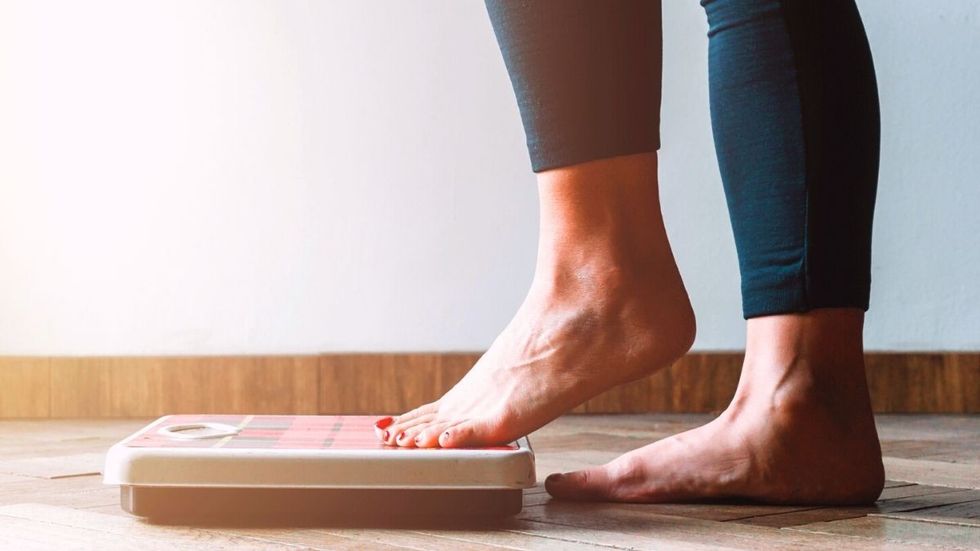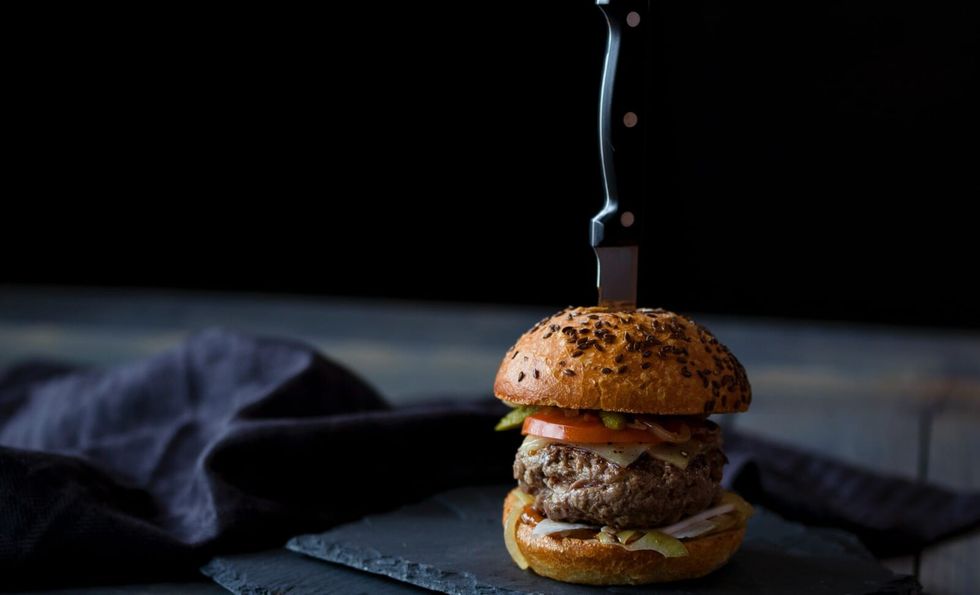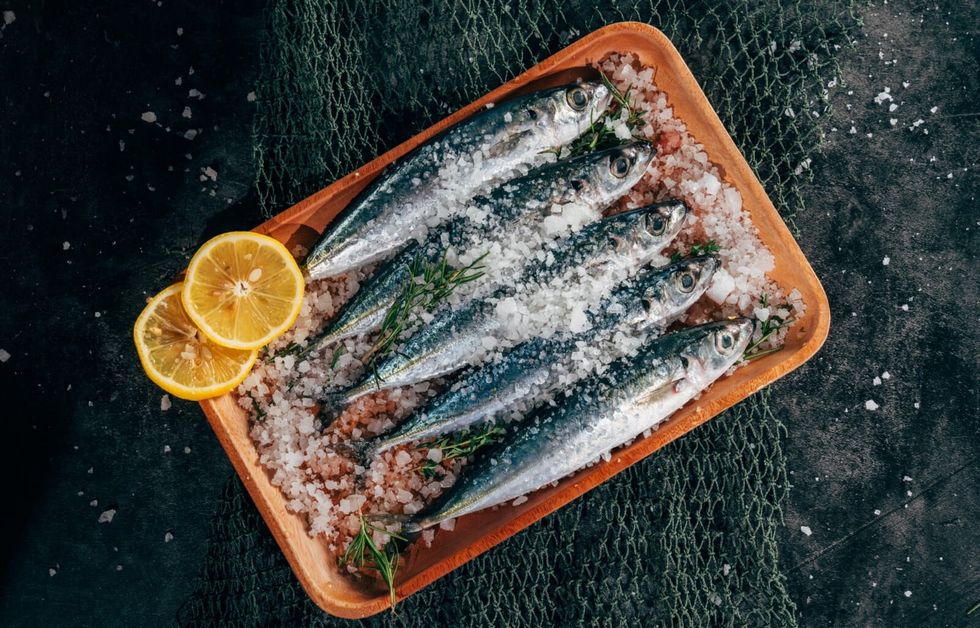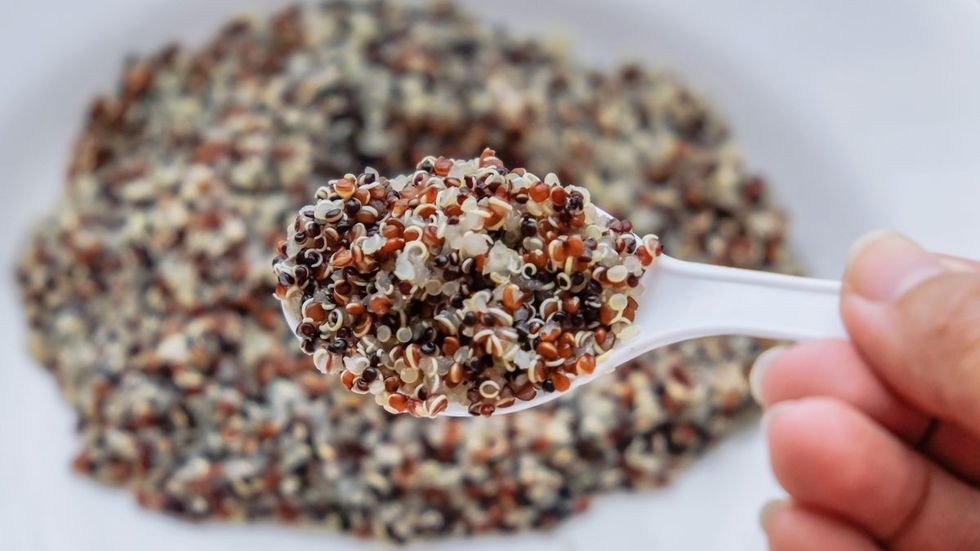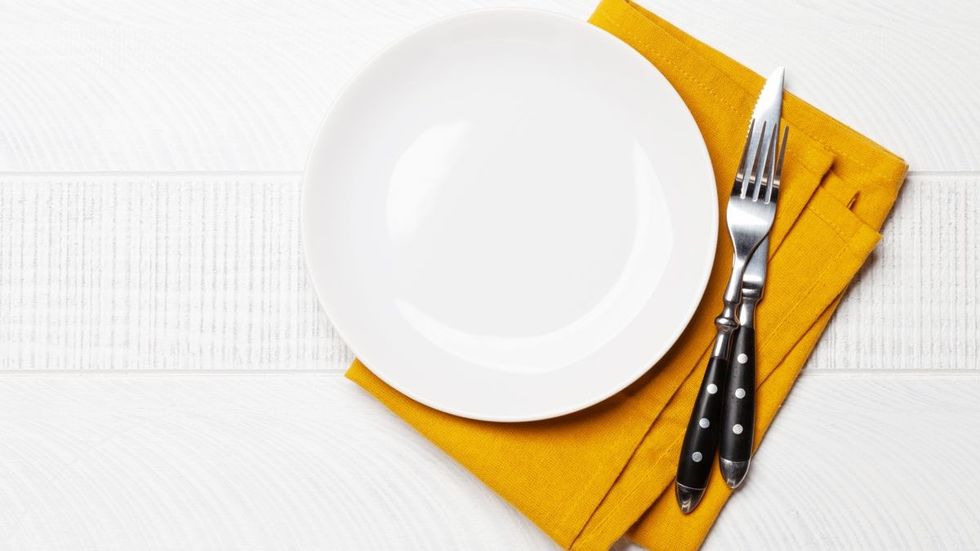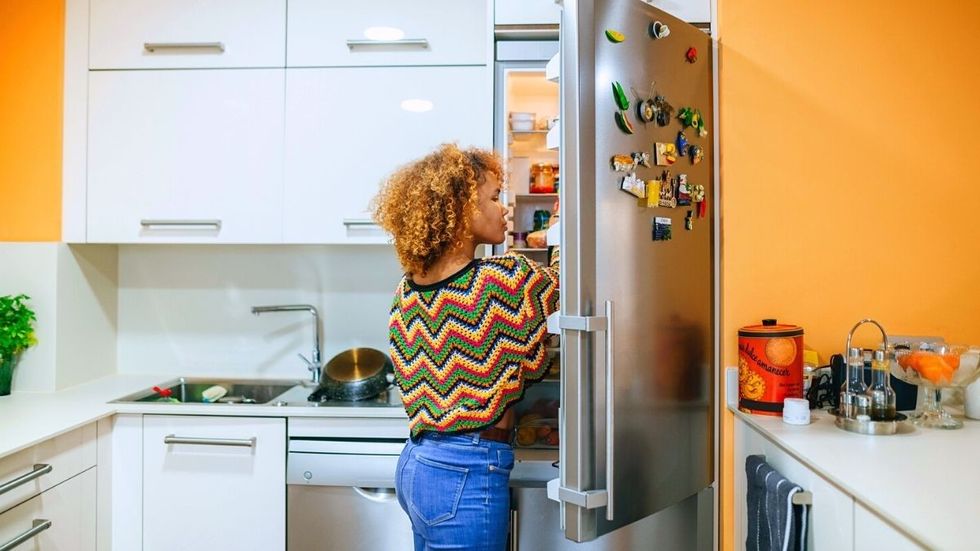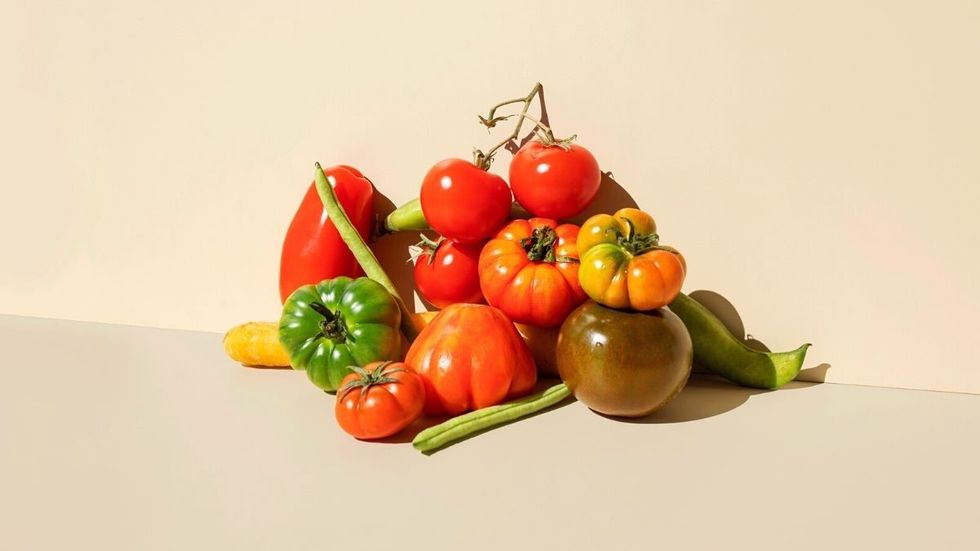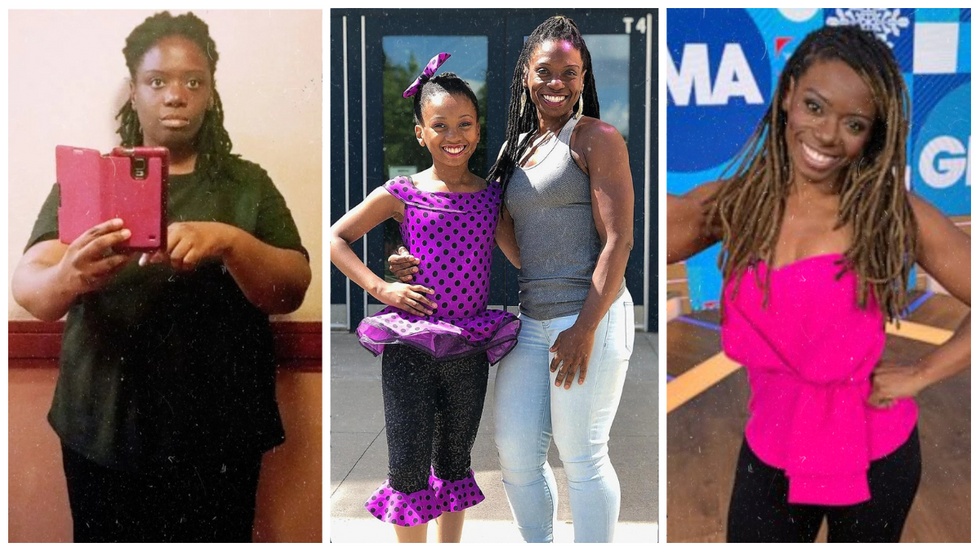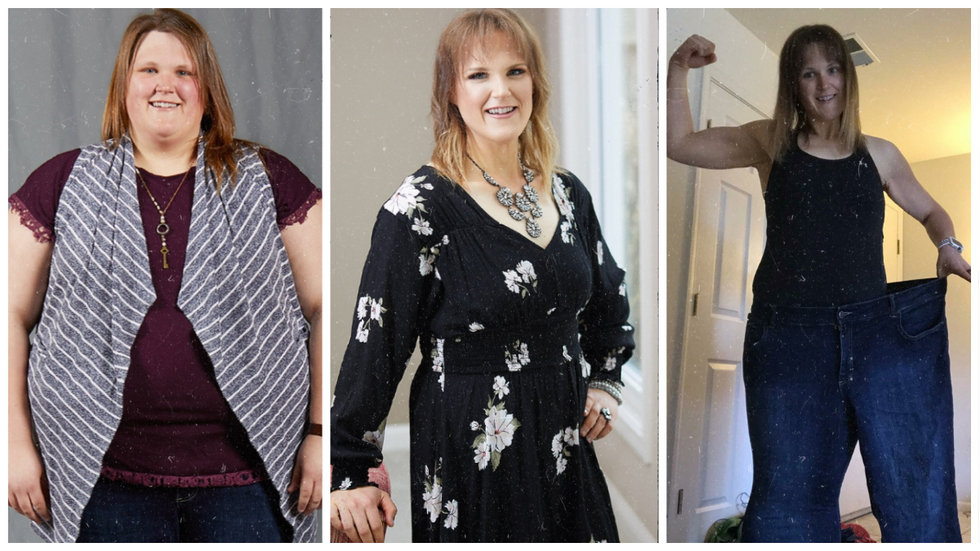Weight Loss Motivation Tips to Keep Your Lifestyle Goals on Track
Making a lifestyle change is hard work. You often need to override your current habits, get out of your comfort zone and develop new routines. Finding the motivation you need to achieve success isn’t easy. And staying motivated over the long term to hit your goal weight can be just as tough.When it comes to weight loss, so many factors are at play when it comes to sustaining motivation as well as weight loss maintenance. You may be cutting calories, adopting healthy eating, starting an exercise routine and dealing with comments from family members or friends about your new choices, not to mention dealing with everything else in your life. But how to get motivated to lose weight and to keep it off, you may need to adopt new ways of thinking and healthy food intake habits to keep you on track. Here’s what you should know about the (perfectly normal!) struggles many people have when it comes to losing weight, as well as some tested tips for regaining your focus. You can do this! Losing weight: Common strugglesWhether you’re starting an official program or navigating this journey on your own, you may find yourself having a hard time keeping up with your newfound weight loss goal. There are a few reasons you might struggle, even if you’re far along in your weight loss plan and have seen success so far. Maintaining motivation over time takes mental focus and hard work (not to mention a healthy meal or two!)Here are three common weight loss motivation struggles: Focusing too much on on external motivationIf your focus for losing weight is to please other people, or fit into societal standards about what the ideal body should look like, you will likely lose your motivation to continue on your weight loss journey. Why? Because extrinsic motivation—motivation that’s fueled by external accolades and pressure—isn’t as sustainable as intrinsic motivation—the motivation you find within yourself.Extrinsic motivation is categorized by two things. First, there’s avoiding the guilt of not meeting other people’s (or society’s) standards. Then, there’s people pleasing, the desire to win approval from other people. While extrinsic motivation can work well in the beginning, giving you a jumpstart into a new, healthy lifestyle, it won’t allow you to keep up with your weight loss goals over time. Letting your stress go uncheckedLosing weight is sometimes quite a difficult endeavour to undertake. Yet, life still goes on even when you’re working toward this big goal. It’s important to find ways to deal with the stress of everyday life while you’re working on weight loss. Even if this means having to scale back on your exercise so that you can take your dog for a walk and get fresh air, grabbing coffee with a friend so you can get some necessary social time in, or even meeting with your therapist to help manage your stress. (Srdjanns74 / Getty)Too much stress can wreak havoc on your mind and your body. When your body is stressed, the hormone cortisol shoots up. Chronic stress (and that cortisol release) has been linked to increased appetite and weight gain. It can also make you tired, which leads to less energy to work out and a lowered ability to maintain willpower when it comes to keeping up with your healthy habits. Having a perfectionist mindsetWeight loss—like any lifestyle change—is about persistence over perfection. If you’re beating yourself up over every missed workout, every unhealthy snack or every pound gained instead of lost, you’re going to burn out quickly. It’s impossible to maintain perfection when you’re dedicated to weight loss —you’re only human, after all. Operating from an all-or-nothing mentality with lots of restrictions built in (like off-limits foods) can lead you to binging or even giving up entirely. Focus on your journey as a whole, not on every little choice you make having to be perfect. How to stay motivated in your weight loss programStaying in tune with yourself is the best way to maintain weight loss motivation over time. First, harness your inner confidence and autonomy. As mentioned, intrinsic motivation, which comes from within you, is far more likely to help you in accomplishing long term weight loss. Relying on, and pleasing, yourself is far more motivating than losing weight simply to please others or fit in. Just as it is with the American singers Lizzo, weight loss, and Doja Cat's weight loss, body positivity can be a good thing, but not if you’re doing it for the wrong reasons. Accepting yourself as you are outside of how others perceive the way you look is sometimes the better long-term option. (Getty)Check in with yourself periodically about your weight loss goals and intentions. Tuning in to how you are feeling, where your stress levels are at and how you can best work to take care of yourself will be far more motivating than any outside force. When you treat yourself and your body with respect and kindness, you will believe that you are worth doing anything you set your mind to. Tips for staying motivated to lose weightIn addition to finding intrinsic motivation, there are a number of ways you can help inspire yourself to stay motivated. While some of the ideas on this list may seem extrinsic (like enlisting an accountability partner to help motivate you to lose weight), when the ideas come from a place of self worth and self actualization, these outside forces fulfill your goals and desires, not other people’s. Use the tips below as a jumping off point for developing the practices that will help you stay motivated to lose weight. Some of them will speak to you while others won’t fit with your weight loss journey or goals. That’s okay. By curating your own unique motivation techniques, you’ll be successful on your own terms. Set achievable goalsKeep the focus on progress, not perfection. Set a weight loss goal for yourself that you know you can achieve rather than a too-lofty benchmark that you may not be able to meet. This way, when you accomplish your goal, you can feel a sense of pride that will motivate you to keep going. Smallering milestones to meet will create sustainable motivation to keep you moving in the right direction.Zero in your “why”Determine why you really want to lose weight. If you’re focused on meeting societal standards and pleasing your partner (or other family members), remember that these “whys” are based on extrinsic motivation, which won’t be sustainable. Think about what weight loss will bring to your life: Will you be able to stop taking certain medications? Reduce your risk of certain diseases or conditions? Have more energy to do the things you love? Feel more comfortable within your body? Whatever your why is, identify it and keep it top of mind. Build your confidenceIf you’re having a hard time finding the internal motivation you need to keep going with your weight loss goals, work on building your confidence and loving yourself as is, right now. Losing weight is an important, sometimes life-saving, goal. But accepting yourself for who you are, at any size, gives you the necessary inner strength to believe that you are worthy and enough to make changes that will benefit you. Create a vision boardHaving a visual of what your weight loss will bring to your life can inspire you to keep going. Maybe it’s a picture of your kids taped to your exercise bike. Maybe it’s a screensaver of an adventurous destination you want to travel to on your computer. A visual reminder of your why that’s rooted in what motivates you from within can keep you focused on your weight loss goals. Conversely, photos of super skinny models will only make you feel ashamed and unworthy—don’t surround yourself with unrealistic images of beauty and societal standards that nobody can meet without the help of photoshop and filters. Tackle your emotional hurdlesWhat’s stopping you from becoming your best self? Typically when people begin any kind of transformational journey, including a weight loss program, intrusive thoughts and feelings can come up. Sometimes these are voices from people in our past, emotional pain from not-so-great memories and other trauma you may have faced. Give yourself the time and space to work through any issues that arise, enlisting a therapist if you need additional, professional guidance. Keep a journalDocumenting your weight loss journey can be motivating so you can see how far you’ve come. This isn’t a food diary where you write down everything you eat, which usually just makes people feel anxious and guilty. (Ranta Images / Getty)This is more of an emotional diary where you can track how you’re feeling about your weight loss, how you’re maintaining motivation, what’s been hard or easy for you and so on. Being able to write down your thoughts and feelings can relieve stress and serve as a reminder for your future self about where you were in different stages of your weight loss journey. Clean out your fridgeTypically, eating healthy is one of the main weight loss goals people have. One easy way to accomplish this is to clear out any foods that don’t fit with your new lifestyle from your fridge and your pantry. This doesn’t mean that you have to purge everything with sugar or fat. But you can think about what foods are worth indulging in and which ones just aren’t. Maybe you keep your favorite candy on hand as a treat but you toss the (already stale) cookies that you don’t love quite as much. Stocking your home with nutrient-rich foods that you actually like to eat will help you maintain your weight loss motivation. You have to make room for those items. Clear out your closetIt may seem counterintuitive to suggest that you give away any clothing that doesn’t fit you—especially clothes you’ve been saving to wear until after you’ve lost weight. However, when you see these items hanging lifelessly in your closet, they tend to not be very motivating. They just take up space. Instead, donate anything that doesn’t fit you right now and create a wardrobe of items that you feel confident in. Chances are the items you’ve been saving are old and out of style anyway. Feeling good in your body, right now, is better motivation than seeing clothes you can’t fit into—especially if you feel guilty or ashamed because your body isn’t ready for them quite yet. Track your progressFind a way to track your weight loss to help you stay motivated. Some people take a photo each day, do weekly weigh-ins, vlog about their progress—do whatever works for you to have a tangible record of your actual weight loss. (Zinkevych / Getty)This helps you see how far you’ve come, which is motivation to keep going. Do a social media purgeTake stock of your social media feeds and determine if the accounts you follow are helpful, or decidedly not helpful, as you work to lose weight. Follow any unmotivating or toxic accounts—especially any accounts that make you feel bad about yourself physically or mentally. Feel free to block or unfollow toxic people (even people you know in real life). Fill your feed with inspirational people and accounts that encourage you to keep going, make you laugh and help you de-stress in general. You can also limit your time on social media and work toward connecting with loved ones directly. Move your body every dayDo some form of physical activity. Even just five minutes of exercise can boost your heart rate–and your mood. While dietary changes are typically what help people lose weight, moving your body in some way can contribute to weight loss as well. (Prostock-Studio / Getty)Find an exercise routine or workout that you actually enjoy and stick to it. Whether you walk outside, do yoga or crush hardcore weight classes at the gym, exercise can make you feel good inside and out. Find an accountability partnerIs there someone in your life who you can talk to about wanting to lose weight? Someone who you can turn to when you’re feeling your motivation wane? Someone who will check in with you and keep your spirits high? Think about who this person could be: Your partner, a friend, a parent. This person can hold you accountable to your goals and give you the push you need to keep going when you feel discouraged. Be competitiveIf you’re the type of person who thrives in the face of a challenge or friendly competition, enlist a buddy to compete with you, in a healthy way, with your weight loss. You can encourage each other to hit a certain goal by a certain date, compete in how many workouts you can complete in a month or train together for a big competitive event, like a 5K or a marathon. If competition lights a fire under you, it can be a fun way to keep motivated. Work on your self talkThe voice in your head could be your best friend—or your worst enemy. Start being aware of how you talk to yourself when you’re doing what you’d consider a “good job” losing weight. Do you give yourself the credit you deserve or do you downplay your milestones? Also pay attention to how you talk to yourself when your motivation wanes or you do something that’s not in line with your exercise, food or health goals. Do you beat yourself up about it or accept that you’ll make mistakes and gently prod yourself to get back on track? Your inner advocate (or critic) can either inspire you to keep going or hold you back from truly feeling like you’ve accomplished your goals. Reward your milestonesWeight loss journeys need to include rewards for yourself. Make a plan for how you’ll give yourself those rewards, and you’ll contribute a lot towards your personal weight loss success.Give yourself a budget for something fun you can do for yourself, like getting a massage, buying a new outfit or treating yourself to a fancy dinner at your favorite restaurant. (wundervisuals / Getty)Determine when you will get your rewards—is it after losing a certain amount of weight? After a month of sticking with your plan? Figure out how you will measure success and give yourself the credit you deserve by rewarding your hard work. This will help you stay motivated to get the next reward—and the next on, and the next one and so on. Don’t be too hard on yourselfLosing weight is a journey, not a quick fix. Not only is it hard to lose weight, but it’s hard to stick to a diet perfectly and maintain an exercise routine, as well as simply live your life. Weight loss doesn’t happen overnight and you don’t automatically become a totally different person when you start losing weight. You’ll still have insecurities. You’ll still have stress. So be sure that you’re not being too hard on yourself if you’re not changing quickly enough or you feel like you’re not making enough progress with your weight or in other areas of your life. Weight loss takes timeGive yourself the time and space to make the necessary lifestyle changes you need to make in order to be successful in losing weight. It may take years to adapt to a new lifestyle, especially if this includes new ways of eating and moving that don’t come naturally to you. Staying motivated over the long term comes from within: You have to believe that you can do this over the long haul and that means having the confidence to know that these incremental changes will add up over time.(Inside Creative House / Getty)Dig deep into yourself for that intrinsic motivation, knowing that you are worth the time and effort it will take to ultimately lose weight and make your new lifestyle stick. As your confidence builds and you see results, you’ll be inspired to keep becoming the person you were always meant to be.












